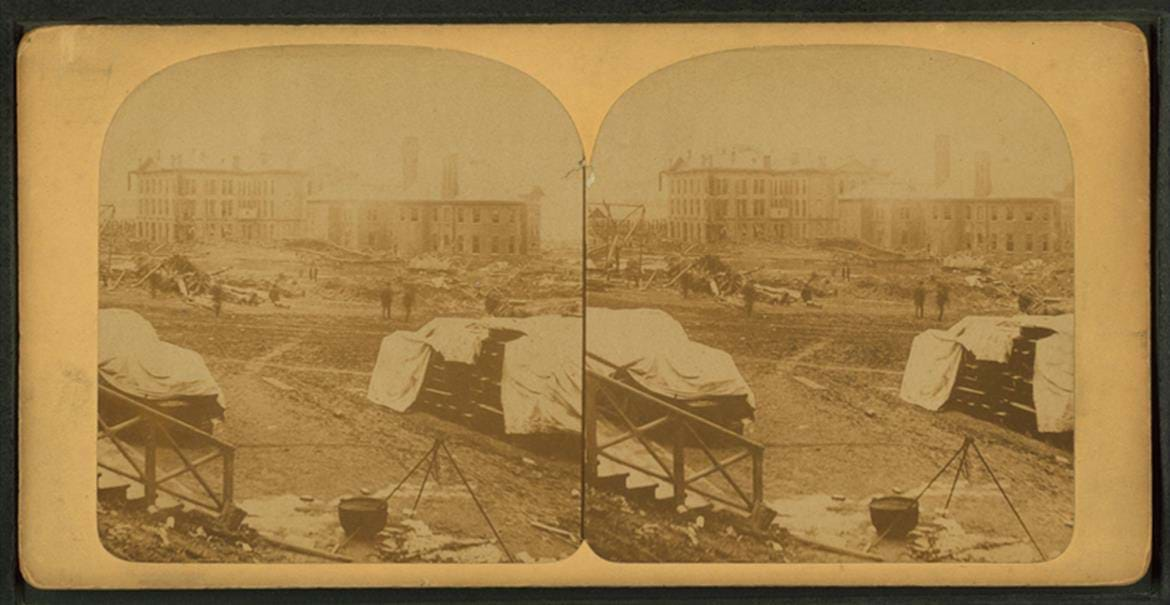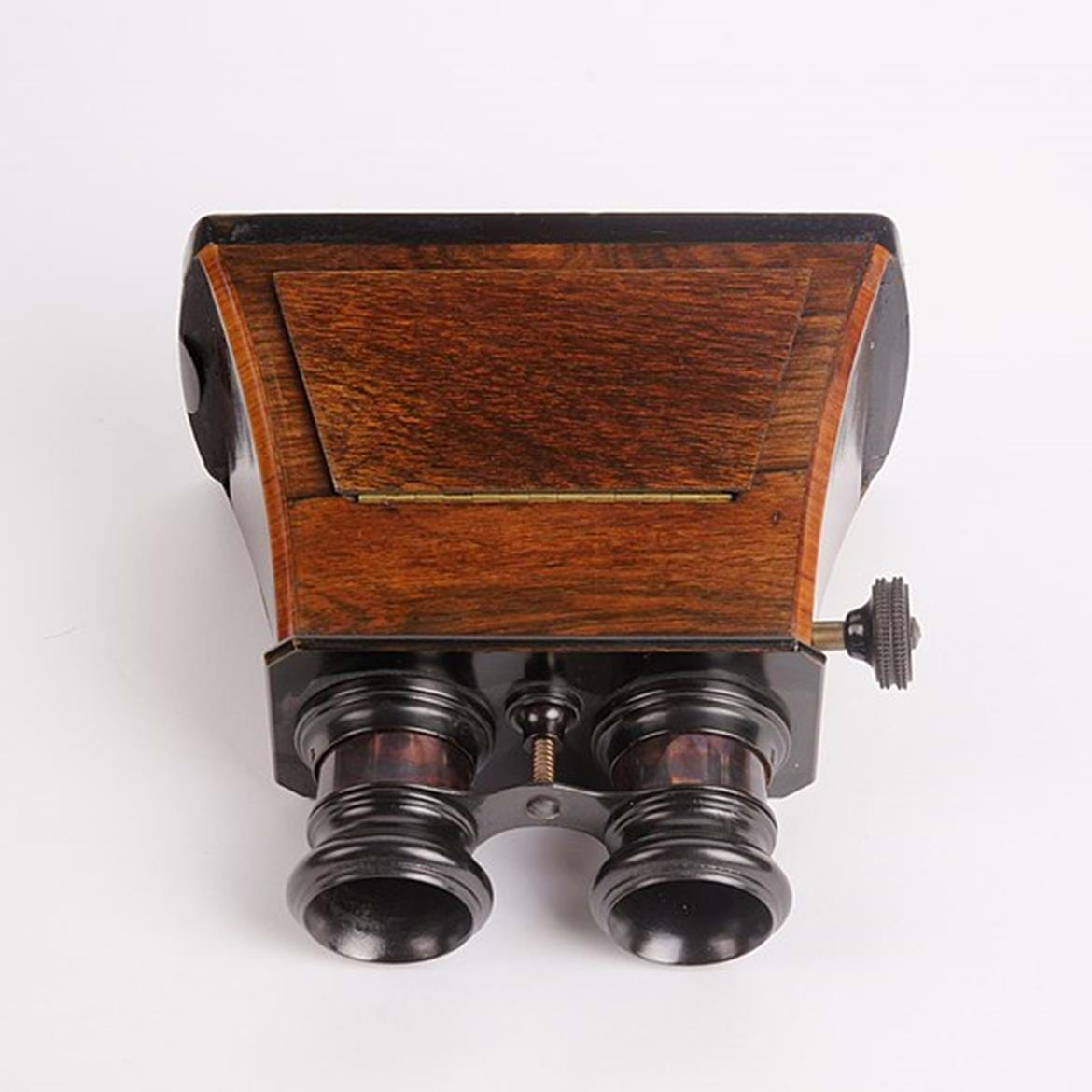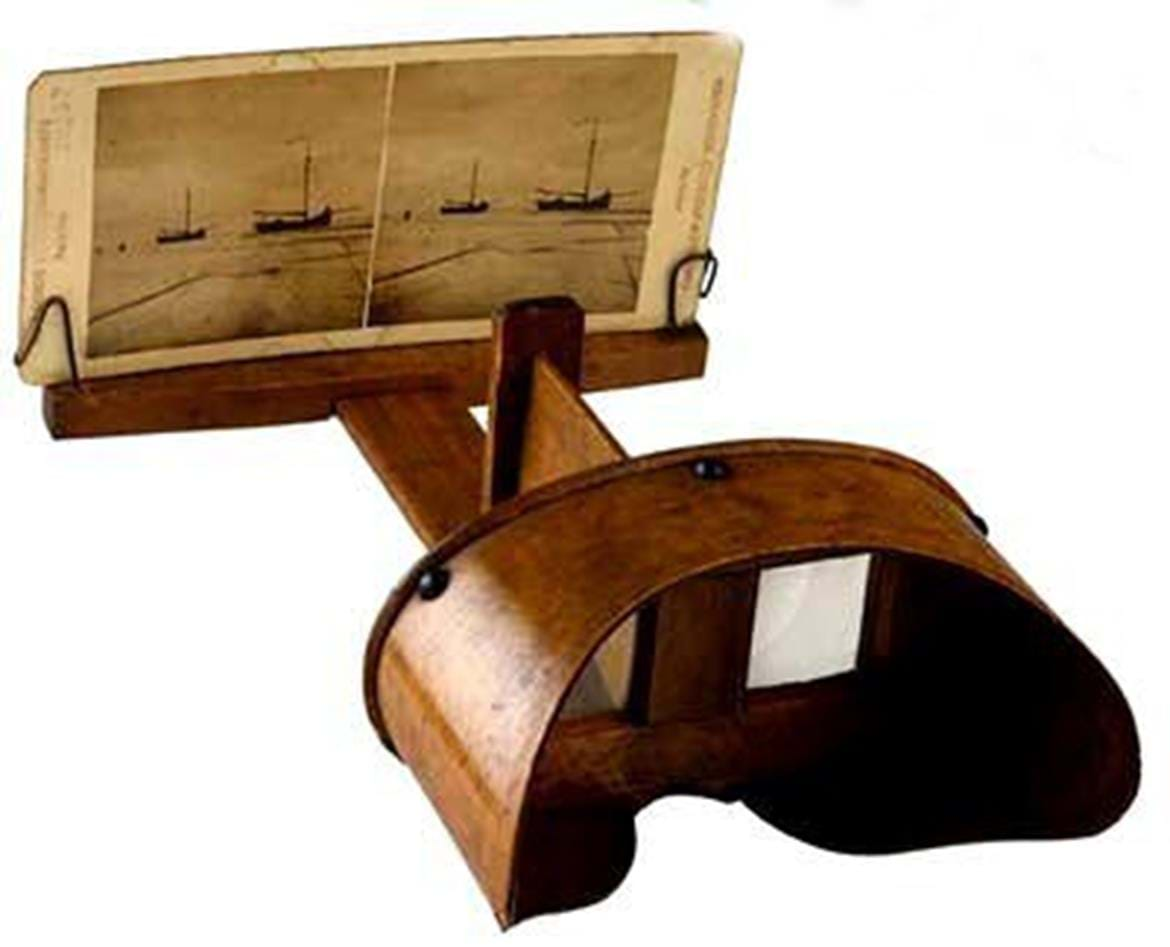The History of Stereoscopic Photography
The art and science of photography hit a lot of milestones in a short amount of time. What we call Stereoscopic Photography was just another step in photography's evolving technology in the transition from paintings to photos.
What Is Stereoscopic Photography?

Stereoscopic Photography applies depth to an image by using the concept of binocular vision. Binocular vision refers to how the brain links two separate images when each is viewed with a different eye. It makes the image look like it has depth.
Looking back, this concept was pretty cool when technology was still in its infancy. It means viewing the same image using the right eye depiction and the left eye depiction.
Sir Charles Wheatstone first introduced stereoscopic photography in 1832 when he tried to create a three-dimensional effect by inventing a binocular device that he named a Stereoscope. The concept was a fine one but his creation had a major flaw.
His device was made from daguerreotypes (very highly polished silver surface plate). The problem was that they created irregular reflections, and the images they created weren't clear enough. Because of this, people weren't really interested in using his device.
Refinements that Followed the Stereoscope
The Stereoscope that Sir Charles Wheatstone created was not very popular until eight years later when Sir David Brewster decided to take a look at the device. He found the concept fascinating but the device itself lacking.
What Sir Charles Wheatstone lacked in both design and marketing, Sir David Brewster very much made up for. Instead of polished surfaces, Sir David Brewster used two lenses that he put six centimeters apart in a small box. The box came with two holes by the side and a small slit at the bottom.
It was Mr. Elliot, a Teacher of Mathematics from Edinburgh who first suggested this idea.

The hole at the bottom allowed images to slide in and out while the holes by the side allowed light in. He called this device a refracting stereoscope but did not stop there. He then marketed this idea to Queen Victoria in 1851 at the Great Exhibition. She was blown away by the device and ordered a few hundred of it to be made.
That was the opening that he needed. In less than three months he sold almost three hundred thousand stereoscopes, and the public became obsessed with the device and stereo cards.
A company named London Stereoscopic was created, and they started employing photographers to travel around the world and take pictures of breathtaking sights. These pictures or stereo cards as they were called were used to educate and entertain.
The Problem with Brewster refracting stereoscope
Sir David Brewster's refracting stereoscope had its flaws, and viewers soon realized just how taxing using the device could be. Once the novelty wore off, people discovered that using the equipment for a while gave them headaches or dizziness. This was as a result of the brain trying to view two scenes at once with each different eye.
These complaints prompted Joseph L. Bates and Oliver Wendell Holmes to make adjustments to Brewster's refracting stereoscope by modifying the viewing distance and making it less heavy.

This version was also easier to make and cheaper too, making it more popular than the Brewster refracting stereoscope. Some people however protested against the device, viewing it as an alteration of the natural order of things. They believed pictures should be viewed in two-dimension, not three-dimension.
This didn't stop photographers from making a fortune off this device by creating pictures and then turning them into a stereoscopic view for a higher price.
Stereoscopic Photography met an untimely end in the 1870s when photographers started photocopying others' work. Without the concept of copyrights, the pictures quickly lost their value and were sold for extremely low prices.
This led to the annihilation of small photographing companies while big firms thrived. While Stereoscopic Photography declined, these companies started producing and controlling stereo cards. When the first colored television sets were produced in the mid-1960s, the public turned completely from Stereoscopic Photography, and it was only used for educational purposes or on very rare occasions.
Who Gets the Credit?
The Stereoscope was man’s first attempt to create views in three dimensions. Today, we're still using the same concept behind the Stereoscope to create new and improved views. The device came as a result of different inspirations, ideas, and needs.
And although Sir David Brewster’s refracting Stereoscope made its mark in the 80s, he was not the inventor of the device -- only a modifier. The next time you admire a Stereoscope, you have Sir Charles Wheatstone to thank.
No worries! We can fix it and make it beautiful.
from our blog
You might also like
The process of photo retouching has been there for as long as photography has been in existence. Photographers would paint or draw on top of their film, scrape it with knives, or combine multiple negatives to create one print.
The Victorian Era was a period that marked the rule of Queen Victoria. It was an era with many inventions, a lot of which are still in use today. Photography was one of them, and undoubtedly one of the greatest.
There's a first time for everything. And that includes digitising photos!. Find about the clever minds that made this possible.
Find out what modern editing techniques are available and seven historical images that were modified even before computer technology became available. Let's see how many you did not know were edited!





